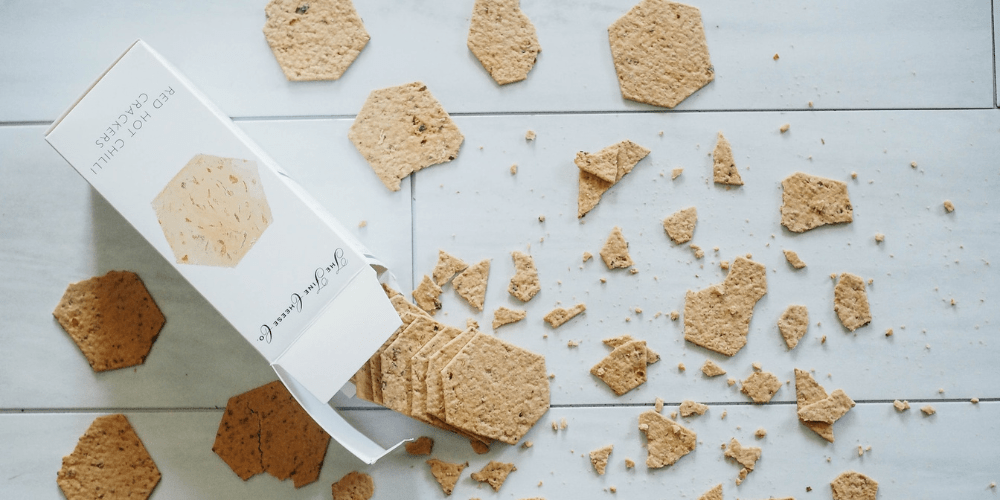The customization of packaging comes certain regulations and guidelines that must be followed in order to ensure safety and compliance within the food and beverage industry. Labeling and nutritional information must be clearly displayed and accurate to meet industry standards and protect consumers. Furthermore, any additional information required by law must also be included, such as allergen warnings and health claims.
Food packaging design serves multiple purposes, including protection, preservation, and communication. It needs to comply with safety regulations, provide necessary information, and still be visually appealing to consumers.
Important: Please note that while the aim of this blog post is to provide information on a variety of food packaging options, PackMojo currently specializes in custom printed secondary food packaging (e.g. cereal boxes for bags of cereal, display boxes for nutrition bars, branded boxes for coffee capsules).
This means that the packaging solutions offered by us aren't intended to come into direct contact with food items, which is primary packaging (e.g. plastic cereal bags, wrappers for nutrition bars, capsules that contain coffee grounds).
Be sure to consider what's a safe and suitable type of primary packaging to use, as these will come into direct contact with your food and beverage items.
What is custom food packaging?
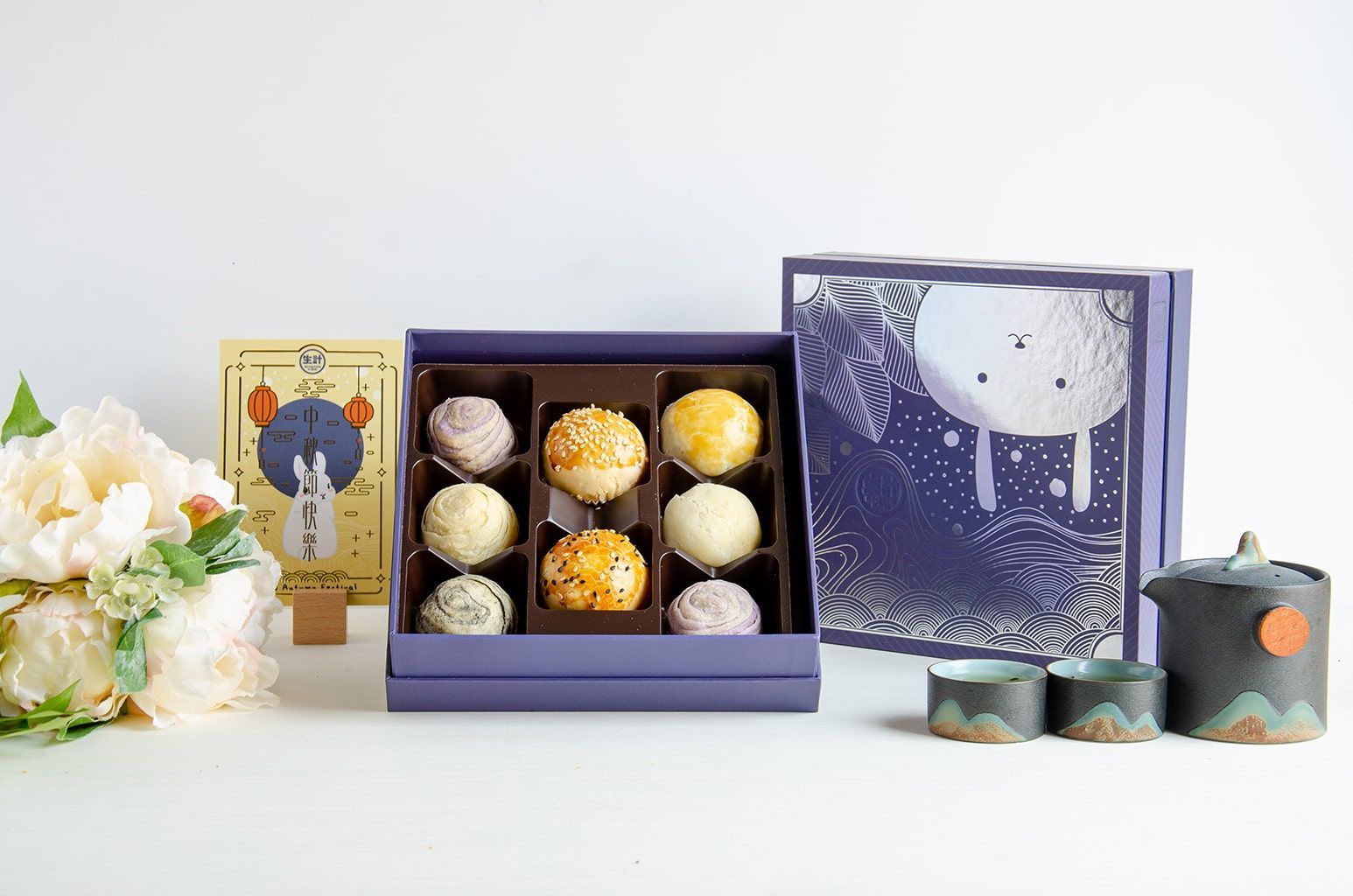
Custom food packaging is packaging that is designed specifically for a particular food product. It typically includes custom shapes, sizes, colors, labels, and materials to ensure the food is kept safe and secure during transportation and storage, as well as to help it stand out on store shelves.
Food box packaging is designed to keep meals fresh while also showcasing the brand's values and the quality of the product. It's an essential component of food delivery and takeout services, merging functionality with aesthetics.
What are the 15 most common types of packaging for food & beverages?
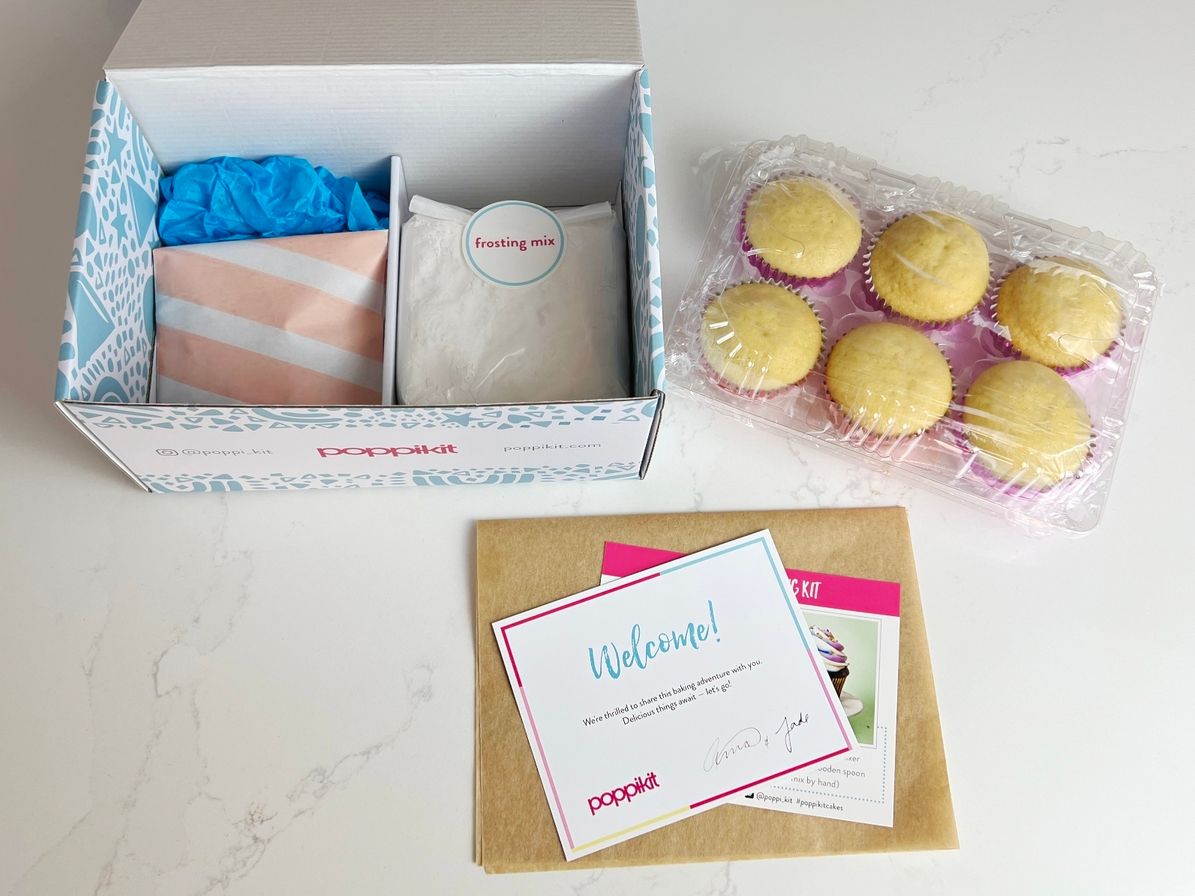
Food and beverage packaging is typically used to protect and preserve its contents during storage, transportation, and distribution. This type of packaging can also serve to inform consumers about the ingredients, nutritional information, and expiration date. We've listed the top 15 types of F&B packaging below:
- Glass bottles: glass is an environmentally friendly material, is 100% recyclable, and can be reused multiple times without losing its quality. However, its fragility makes it a little more complex and expensive to ship around the world.
- Metal cans: metal or aluminum cans are recyclable, and can be recycled multiple times also without losing quality. Check with your local refuse or recycling departments to find out how to dispose of metal cans and metal in general.
- Plastic bottles or containers: plastic can be very cheap and efficient to produce, but also quite polluting.
- Boxes: boxes, such as those for cereal and pasta, come in different shapes and forms and if made with paper/cardboard, are fully recyclable. Check out PackMojo’s selection of custom printed boxes here.
- Bags: bags for food are an efficient and cost effective way to package and transport snacks and other food items, such as chips or coffee.
- Jars: jars are used for different types of foods such as jam or pickles. They’re often made of glass and therefore follow the same recycling rules as the glass bottles mentioned above.
- Pouches: pouches are a convenient way to store and transport snacks, liquids or meals, such as juice or soup.
- Trays: trays, not to be confused with tray and sleeve boxes, are often used for heavier items, such as frozen meals or bakery items.
- Cartons: cartons are often made of Tetra Pak and are designed to be strong, light, and easily recyclable. They usually carry liquids, such as milk or juice.
- Cans: cans are one of the most common ways to package drinks (e.g. soda, beer). Because they are made of aluminum, they are usually disposed and recycled as metals.
- Wraps: food wrapping helps to keep food fresh and prevent it from spoiling, and can be used for items such as deli meat or cheese.
- Cups: food cups are a convenient way to enjoy a meal on the go and in most cases can be recycled, such as those for yogurt or ice-cream.
- Blisters: blister packs are commonly used in packaging drugs and supplements, such as pills or capsules.
- Tubes: tubes are often designed for items that are “wet” or “oily”(e.g. toothpaste, ointments.
- Sachets: food sachets are usually a convenient way to store and transport food items in small quantities, such as for individual teabags or packets of sugar.
Top tips to design Food and Beverage packaging
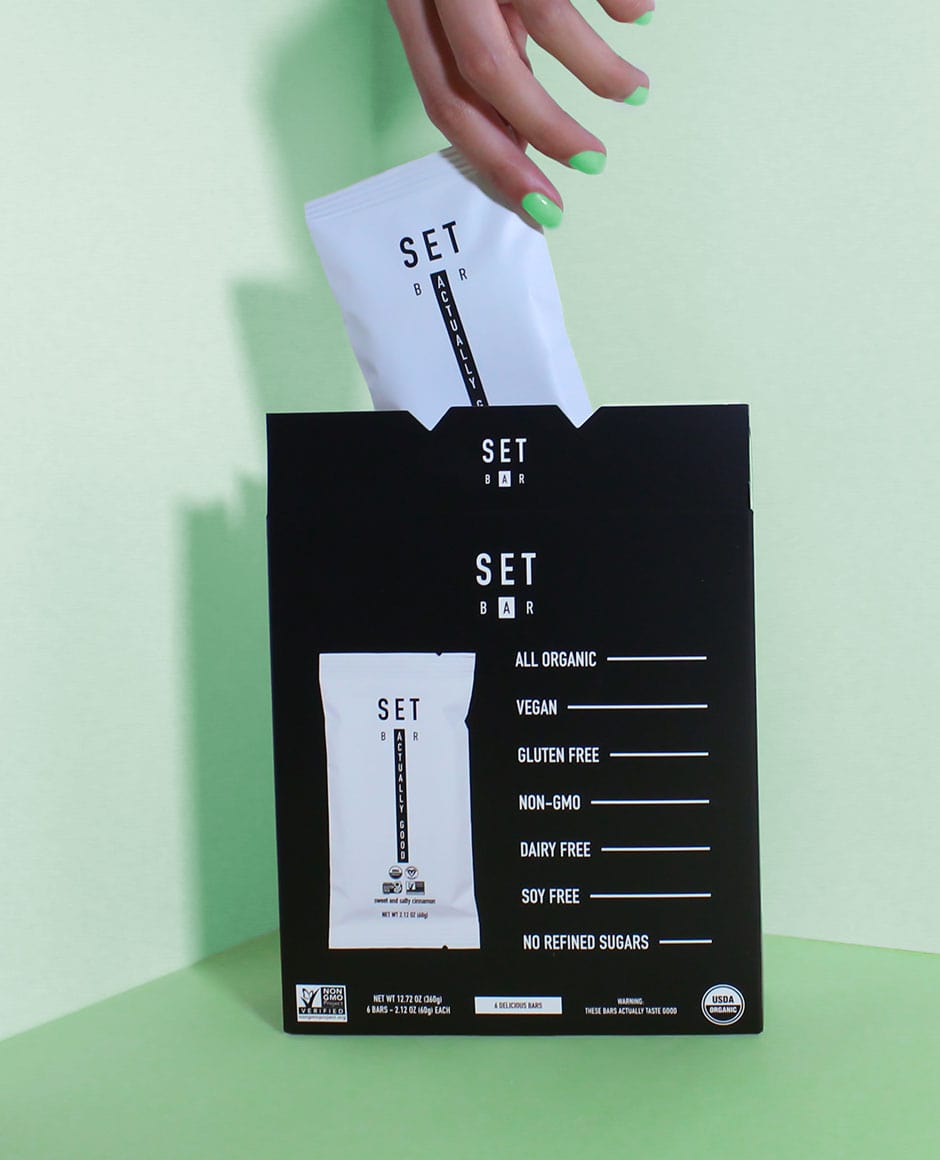
We’ve already curated a selection of tips on how to design food packaging here. In summary, here are the four key aspects to keep into account:
- Establishing brand identity: Packaging serves as the product's personality, connecting with consumers and prompting them to purchase the product. To create effective packaging, companies must have a clear vision for their brand identity, keeping their goals and values in mind.
- Shelf appeal: When creating a product package, it's important to consider the aesthetics and package structure, both from a shelf appeal perspective and from a protection and shipping cost perspective. The key questions to ask yourself are: "Is this the right color, size, and shape?" "How much shelf space do I need?" and other similar considerations.
- Packaging materials: When designing food packaging, it's important to consider aspects such as sustainability, cost-efficiency, and protection for the product. Currently, environmentally friendly and biodegradable packaging options are a popular trend, and by using fewer resources and materials, production costs can be kept low with carbon footprint reduced. For more tips, check out our blog post on eco-friendly packaging.
- Compliance with label information: Too much wording should be avoided to prevent overwhelming customers. Important elements to consider when creating labels include product benefits, consumer warnings, logos, nutrient content claims, barcode, corporate information, and an expiration or sell-by date. Necessary information required by the FDA (or your country equivalent) should also be included.
Food Packaging FAQ’s & Know How
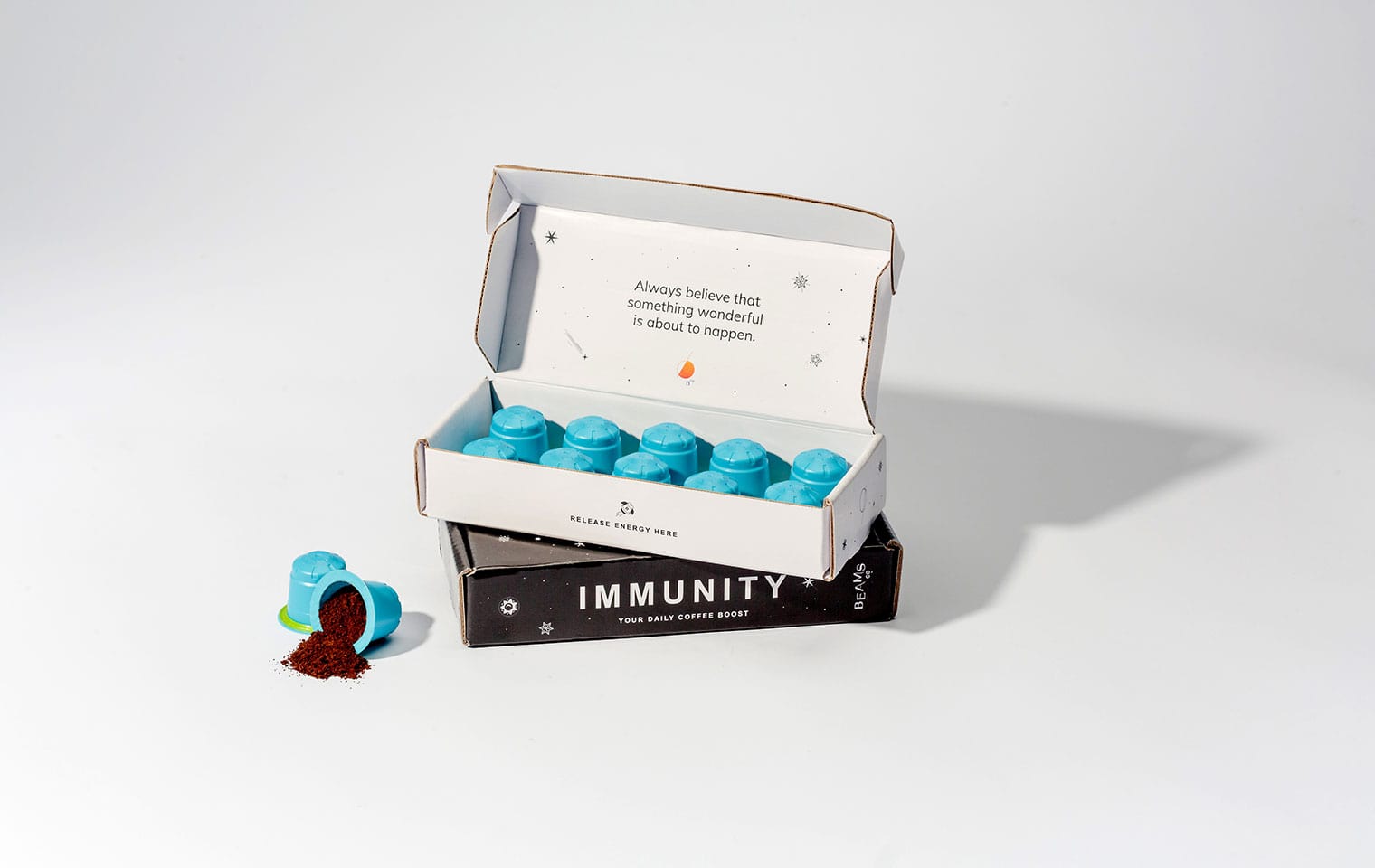
What does it mean when food packaging expands?
When food packaging expands, it usually means that gasses inside the package have expanded due to a change in pressure or temperature. This is often caused by exposure to high temperatures or increases in atmospheric pressure (like in an airplane). The gasses inside the package can also expand due to fermentation or chemical reactions taking place inside the package.
What types of food are usually packaged in polystyrene?
Common types of food packaged in polystyrene include fast food, deli meats, fresh produce, frozen foods, and baked goods. Other types of food packaged in polystyrene include confectioneries, snacks, single-serve beverages, dairy products, and processed meats. On top of this, many pre-made meals, such as microwavable soups and frozen pizzas, are often packaged in polystyrene containers.
Can food packaging be recycled?
The short answer is yes - most aluminum, steel and tin cans are 100% recyclable. Recyclable items usually include cereal boxes, beverage cartons, snack boxes, and frozen food boxes. When recycling food packaging, it's important to remove and separate any food residue from its packaging before throwing them in the recycling bin. If the item isn't clean, it may contaminate the other materials in the recycling bin and render them non-recyclable.
Most plastic food packaging can also be recycled, although the rules to follow will vary depending on type of plastic. Check with your local recycling program for more information about what types of packaging can be recycled.
Are all packaged foods ultra processed?
No, not all packaged foods are ultra processed, which are those that contain preservatives or added ingredients to increase shelf life. Some packaged foods, such as canned beans, frozen vegetables, and certain types of grains, are not considered ultra-processed.
Other packaged foods such as cereals, crackers, and pre-made meals may be more highly processed and could be classified as ultra-processed. To determine if a food is ultra-processed, it's best to look at the ingredients list on the packaging and assess the content of added sugars, preservatives, and other additives. If the ingredients list contains a large number of ingredients and additives, it's likely that the food is highly processed.
--
If you're looking for a branded food packaging solution, or want a custom printed mailer box that's perfect for shipping your products to customers, we'd love to help. Explore the different types of packaging boxes you can use to upgrade the unboxing experience for your food or beverage products today!
